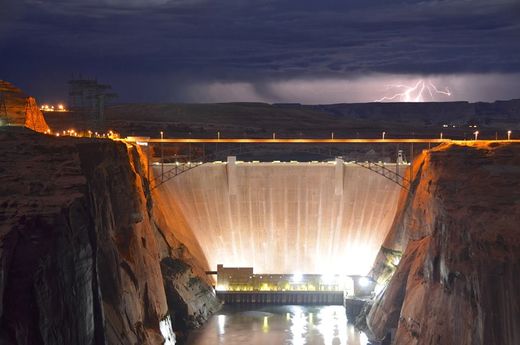Difference between revisions of "GCDAMP Glen Canyon Dam"
From Glen Canyon Dam AMP
Cellsworth (Talk | contribs) |
Cellsworth (Talk | contribs) |
||
| Line 50: | Line 50: | ||
|style="color:#000;"| | |style="color:#000;"| | ||
| − | |||
| − | |||
| − | |||
| − | |||
| − | |||
|} | |} | ||
Revision as of 13:08, 24 May 2016
|
|
|
| TBD (Motions) |
TBD (TBD) |
TBD |
|---|
|
|
